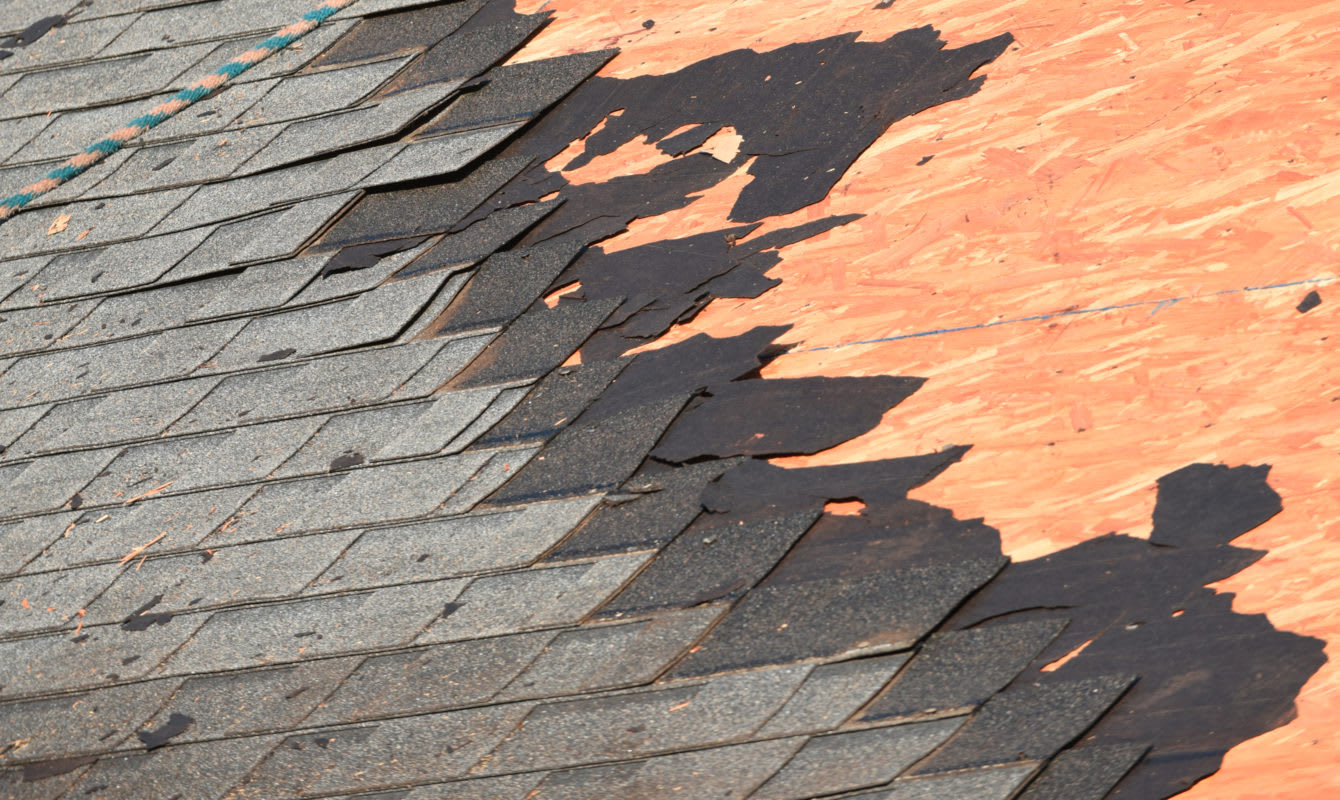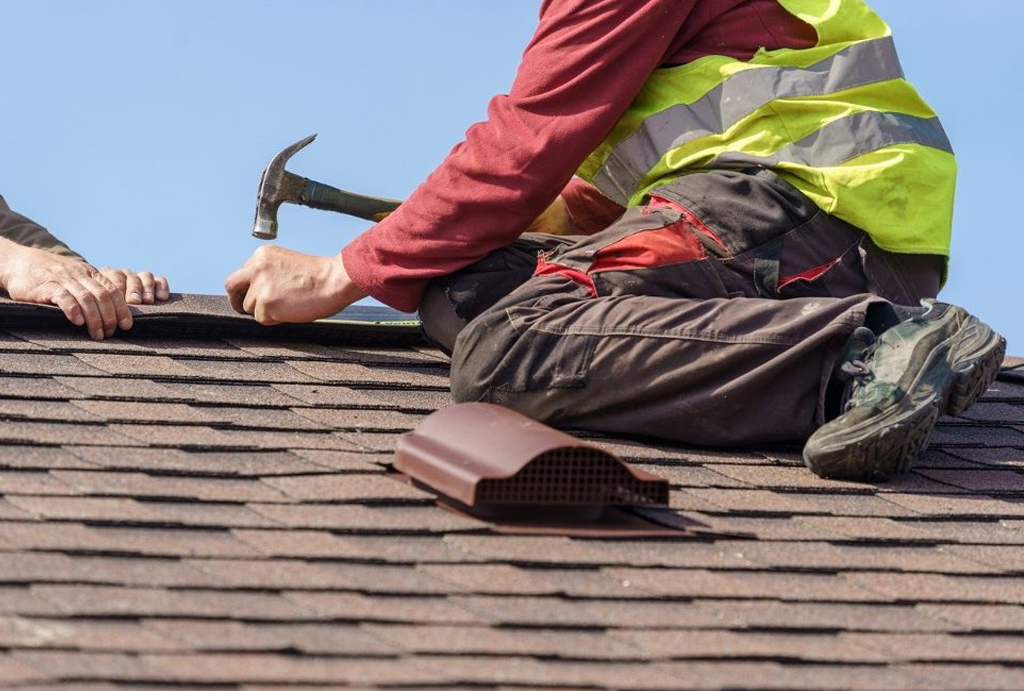Roofers Oahu: Specialist Roof Installations and Repairs
Wiki Article
Comprehending the Various Sorts Of Roof Coverings: A Comprehensive Overview for Homeowners
In the world of homeownership, picking the appropriate roof covering style is a choice that carries substantial ramifications for both functionality and visual appeal. With an array of options-- varying from the traditional gable to the contemporary flat-- each type presents one-of-a-kind benefits and challenges that need to align with the home owner's environmental considerations and specific demands. Comprehending these distinctions not just help in making an educated option however likewise influences lasting maintenance and power effectiveness. As we explore the intricacies of different roofing types, it comes to be obvious that one size does not fit all; the appropriate option may amaze you.Gable Roofs
Gable roofs, identified by their triangular shape, are among one of the most preferred roof designs due to their simplicity and efficiency in dropping water and snow. This layout features 2 sloping sides that satisfy at a ridge, permitting reliable water drainage and minimizing the risk of water build-up. The steep pitch frequently linked with gable roofing systems enhances their capability to take care of hefty precipitation, making them ideal for various climates.Along with their functional benefits, saddleback roofs use visual flexibility. They can be adapted to numerous building styles, from traditional to contemporary homes. The layout can additionally fit added attributes such as dormer home windows, which boost natural light and ventilation in the attic area.
Moreover, saddleback roofs supply ample room for insulation, adding to energy performance. Home owners can pick from a range of roof materials, consisting of asphalt tiles, steel, and tiles, further improving personalization alternatives.
Despite their advantages, saddleback roofs might call for additional support in areas vulnerable to high winds or heavy snowfall. In general, the saddleback roof remains a preferred option because of its blend of performance, resilience, and aesthetic charm.
Apartment Roofs
Flat roofings are frequently identified for their minimal design and functional applications, especially in commercial and industrial setups (oahu roofing). These roofings include a virtually horizontal or straight surface area, which enables for easy building and versatile room utilization. While they may do not have the aesthetic allure of pitched roofings, flat roofs use various benefits, specifically in metropolitan environments where making best use of space is importantAmong the key advantages of level roofs is their access. Home owners can make use of the roofing system room for different objectives, such as rooftop gardens, balconies, or solar panel setups. Additionally, level roofs are generally much more economical to maintain and mount contrasted to their sloped counterparts, as they call for less products and labor.
Typical materials used for level roof coverings include built-up roof covering (BUR), customized asphalt, and single-ply membranes, each offering distinct benefits. Overall, level roofings offer as a versatile and practical option for lots of home owners and services alike.
Hip Roofing Systems
Hip roofing systems are defined by their sloped sides that merge at the top, forming a ridge. This layout is distinct from saddleback roofs, as all 4 sides of a hip roof covering incline downwards towards the wall surfaces, providing an extra secure framework. The angle of the slopes can vary, permitting adaptability in building aesthetic appeals and functionality.One of the primary benefits of hip roofs is their capability to withstand heavy winds and adverse weather. The sloped surface areas allow better water drain, reducing the danger of leaks and water damage. Additionally, hip roof coverings offer enhanced attic space, which can be utilized for storage space and even transformed into comfortable areas.
Nevertheless, creating a hip roofing system can be more complex and costly dig this than less complex roofing kinds, such as gable roofing systems. The extra product and labor involved in producing the slopes and making certain correct structural stability can lead to higher expenditures. Despite these disadvantages, many property owners favor hip roofings for their sturdiness, aesthetic charm, and possibility for energy efficiency.
Mansard Roofs
Mansard roof coverings, often recognized by their unique four-sided style, attribute 2 inclines on each side, with the reduced incline being steeper than the upper. This building design, stemming from France in the 17th century, is not only cosmetically attractive yet useful, as it optimizes the useful space in the upper floorings of a structure. The steep lower incline allows for more headroom, making it an excellent option for loft spaces or attic rooms, which can be converted right into living rooms.Mansard roofing systems are identified by their versatility, fitting numerous architectural styles, from typical to contemporary. They can be built with various materials, consisting of asphalt tiles, slate, or steel, supplying house owners with a variety of alternatives to fit their preferences and budget plans. Additionally, the layout enables for the combination of dormer home windows, enhancing all-natural light and air flow in the top levels.
Nevertheless, it is important to think about the possible drawbacks. Mansard roofs might need even more maintenance due to the intricacy of their layout, and their high inclines can be challenging for snow and rainfall overflow. Overall, mansard roofings integrate style with usefulness, making them a popular selection among homeowners looking for unique building features.
Lost Roof Coverings
As homeowners increasingly look for simpleness and functionality in their architectural layouts, dropped roofing systems have emerged as a prominent selection. Identified by a solitary sloping aircraft, a shed roofing system presents a minimal aesthetic that enhances various home designs, from contemporary to rustic.One of the key advantages of a shed roof covering is its uncomplicated building, which often equates to lower labor and product expenses. This layout permits effective water drain, reducing the risk of leaks and water damage. In addition, the upright incline gives adequate space for skylights, boosting all-natural light within the interior.
Dropped roofings additionally supply flexibility in regards to use. They can be properly integrated right into enhancements, garages, or outdoor structures like structures and sheds. Moreover, this roof covering style can suit different roofing materials, consisting of metal, asphalt tiles, and even environment-friendly roofs, aligning with environmentally friendly initiatives.
Nevertheless, it is vital to take into consideration regional climate problems, as heavy snow loads may require modifications to the roof covering's angle or structure. Generally, shed roofing systems provide a useful and cosmetically pleasing option for house owners looking to make best use of functionality Website without endangering design.
Conclusion


Gable roofing systems, identified by their triangular shape, are amongst the most preferred roofing designs due to their simpleness and effectiveness in shedding water and snow. oahu roofing. The steep pitch generally connected with gable roof coverings enhances their ability to deal with heavy precipitation, making them appropriate for different environments
While they might lack the aesthetic allure of pitched roofs, level roofs provide many advantages, specifically in urban settings where making the most of room is crucial.

Report this wiki page